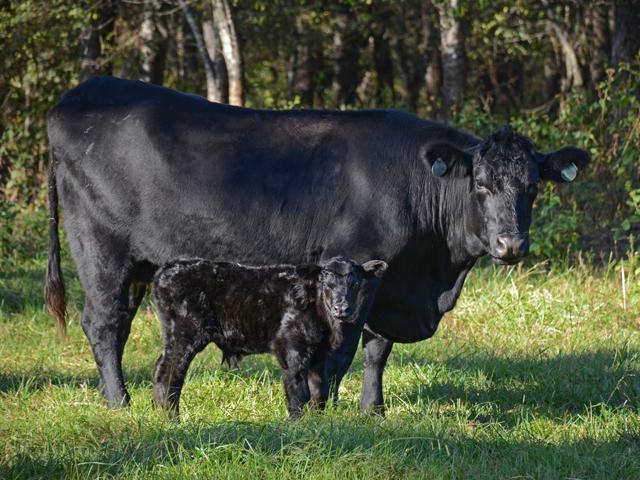Ask the Vet
Modified Live or Killed Vaccines?
READER QUESTION:
In your column in the summer issue of Progressive Farmer, you discussed weaning vaccinations, and you seemed to not like killed vaccines. This is what I have always used so I don't have to worry about abortions or the stress of modified live vaccines. Am I wrong?
DR. MCMILLAN ANSWER:
Killed vaccines can be very effective tools for a lot of herd-health programs. I recommend them in many cases. Let's revisit our discussion of modified live vaccines (MLV).
P[L1] D[0x0] M[300x250] OOP[F] ADUNIT[] T[]
All killed vaccines, and some MLVs, contain adjuvants that enhance the immune response to vaccine antigens. Adjuvants in killed vaccines are typically more aggressive and potentially more stressful than those in MLVs. In my opinion, based on my reading and the opinions of those experts with whom I consult, MLVs are quicker acting and produce more complete, longer-lasting immune responses. Used properly, they are as safe as killed vaccines, and I believe less stressful.
With highly stressed cattle such as stockers, I like intranasal vaccines (IN) in most cases. This is the least stressful way to vaccinate, response is quick, and local immunity is produced in nasal passages that can be very effective in preventing respiratory disease. The INs prime the immune system and increase effectiveness of subsequent MLVs. Killed vaccines require a booster in two to four weeks before significant immunity is produced.
I also really like IN vaccines for young cattle in cow/calf operations. When a killed vaccine is given to calves, they produce little, if any, immunity until the booster. If the interval is too long before that booster, there is little or no effect. The IN vaccine goes to work immediately.
On review of the advantages of MLVs, they are less expensive, begin producing immunity immediately after dosing, and produce the highest levels of immunity. Booster intervals are less critical with an MLV, and I believe they are less stressful overall unless you are working highly stressed cattle with minimal or no prior preventive care.
Killed vaccines can be an excellent option in a cow-calf operation, especially if you use MLVs in calves with a final booster 45 to 60 days prior to breeding heifers, and a high-quality killed vaccine in the cow herd annually. This is a case where the killed vaccine does not require a booster.
It's important to consult with your local veterinarian about all vaccine selections, especially killed vaccines. Remember, vaccines are not all created equal.
**
Editor's Note:
Please contact your veterinarian with questions pertaining to the health of your herd or other animals. Every operation is unique, and the information in this column does not pertain to all situations. This is not intended as medical advice but is purely for informational purposes.
Write Dr. Ken McMillan at Ask The Vet, 2204 Lakeshore Dr., Suite 415, Birmingham, AL 35209, or email vet@progressivefarmer.com.
(c) Copyright 2021 DTN, LLC. All rights reserved.






